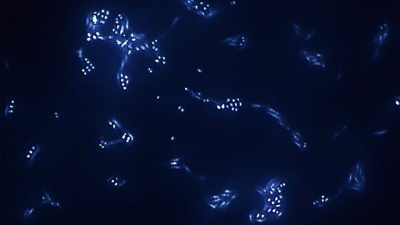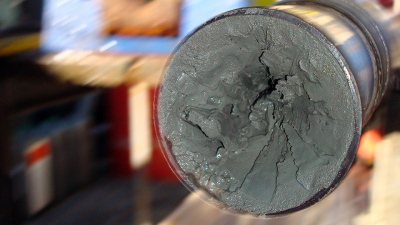Page path:
- Home
- Discover
- Media Releases
- Media Releases 2019
- Endospores Rival Growing Cells in Ocean Sediments
Endospores Rival Growing Cells in Ocean Sediments
Feb 22, 2019

Lars Wörmer, Tatsuhiko Hoshino, Marshall W. Bowles, Bernhard Viehweger, Rishi R. Adhikari, Nan Xiao, Go-ichiro Uramoto, Martin Könneke, Cassandre S. Lazar, Yuki Morono, Fumio Inagaki, Kai-Uwe Hinrichs:Microbial dormancy in the marine subsurface: Global endospore abundance and response to burial; Science Advances 2019, DOI: 10.1126/sciadv.aav1024
More informationen from the Deep Carbon Observatory
Contakt:
Dr. Lars Wörmer
Phone: 0421 218 65710
Email: [Bitte aktivieren Sie Javascript]
Ulrike Prange
MARUM Media Relations
Phone: 0421 218 65540
Email: [Bitte aktivieren Sie Javascript]



